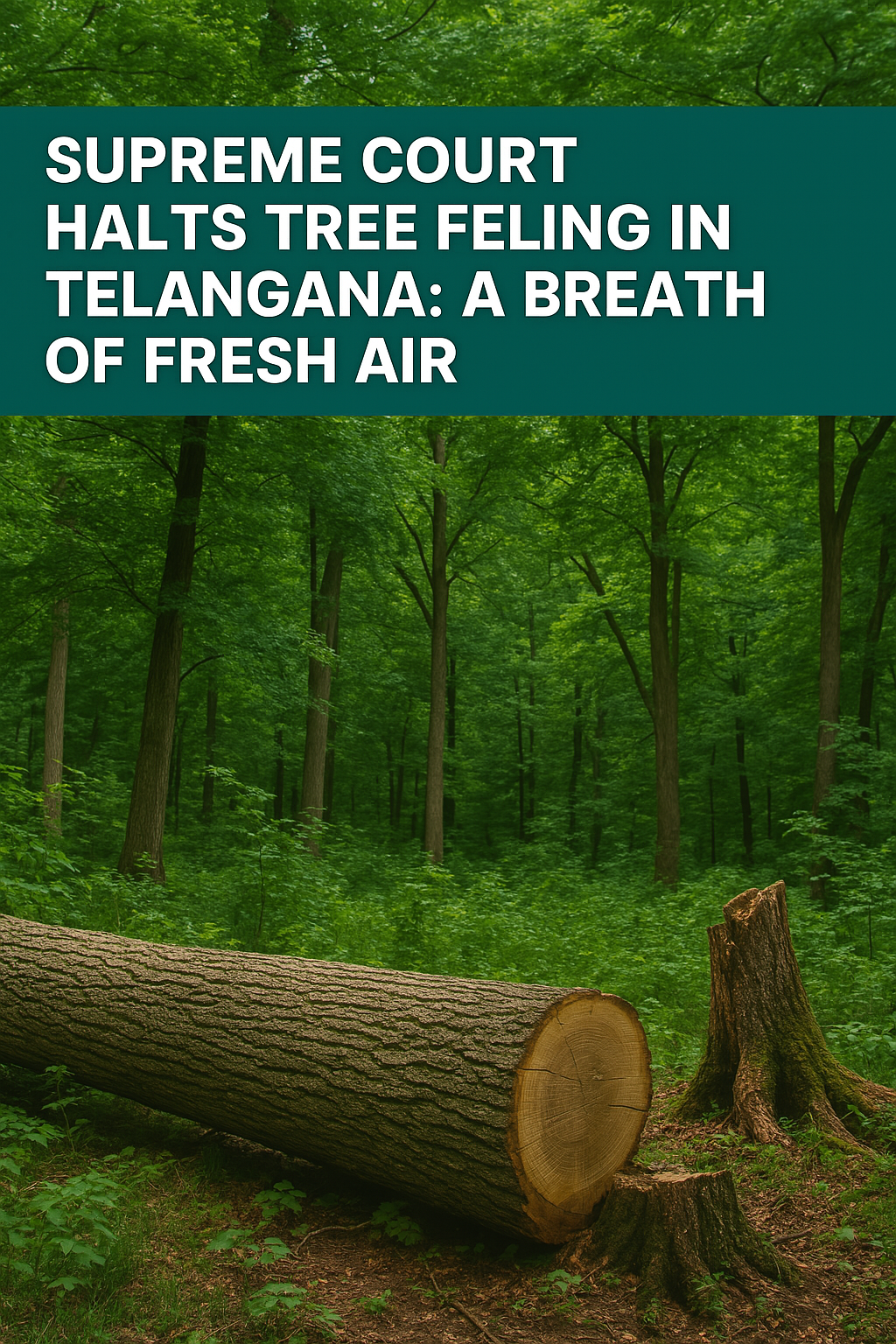Environmental Law and Policy: Perspectives, Realities and Futuristic Tendencies
🌏 Environmental Law and Policy: Perspectives, Realities, and Futuristic Tendencies
🔍 I. Introduction
Environmental law and policy are vital instruments in safeguarding our planet's natural resources, combating climate change, and ensuring sustainable development. While global awareness of environmental issues has grown, the implementation and enforcement of environmental laws remain complex and dynamic—especially in developing countries like India.
🌿 II. Perspectives on Environmental Law and Policy
1. Historical Perspective
Early environmental regulations were reactive, dealing with pollution and health hazards (e.g., Water Act, 1974 in India).
Over time, the focus expanded to include forest conservation, biodiversity, climate change, and sustainable development.
2. Constitutional Perspective (India)
Article 48A: Directive Principle – State must protect and improve the environment.
Article 51A(g): Fundamental Duty – Citizens must protect the natural environment.
Article 21: Right to life includes the right to a clean and healthy environment.
3. International Perspective
Stockholm Conference (1972): Laid the foundation for modern environmental governance.
Rio Earth Summit (1992): Popularized “sustainable development.”
Paris Agreement (2015): Global commitment to combat climate change.
🌍 III. Current Realities and Challenges
1. Environmental Degradation
Rising pollution levels, deforestation, and climate change impacts are outpacing regulatory responses.
2. Weak Enforcement
Despite strong laws, implementation is inconsistent, often due to bureaucratic delays or lack of political will.
3. Judicial Activism
Indian judiciary has played a pivotal role through Public Interest Litigations (PILs).
Landmark cases:
M.C. Mehta v. UOI – Ganga Pollution, Oleum Gas Leak.
Vellore Citizens Welfare Forum – Introduced Polluter Pays and Precautionary Principle.
4. Conflicting Interests
Industrial growth vs. environmental sustainability.
Infrastructure projects often receive clearances despite environmental concerns.
5. Limited Public Awareness
People are unaware of their environmental rights and duties, leading to poor participation in governance.
🚀 IV. Futuristic Tendencies and Trends
1. Integration of Technology
Use of AI, satellite monitoring, and GIS in tracking pollution, deforestation, and compliance.
Blockchain for transparent tracking of emissions and waste management.
2. Climate Justice and Equity
Shift from state-centric policies to people-centric and climate-just approaches.
Greater inclusion of indigenous communities and local stakeholders.
3. Green Economy and Circular Economy
Emphasis on eco-friendly technologies, green jobs, and waste minimization.
Promoting renewable energy, sustainable agriculture, and responsible consumption.
4. International Cooperation
Strengthening global frameworks like the Paris Agreement, UN Sustainable Development Goals (SDGs).
Enhancing transboundary environmental governance.
5. Stronger Public Participation and Environmental Democracy
Laws ensuring access to environmental information, participation in decision-making, and access to justice (Principle 10 of Rio Declaration).
6. Codification of Environmental Crimes
Recognizing ecocide and stricter criminal liability for environmental damage.
📌 V. Conclusion
Environmental law and policy have evolved from basic pollution control to a complex framework addressing global sustainability. However, the future lies in innovative, inclusive, and enforceable legal mechanisms, supported by public awareness, technological tools, and strong governance.
Do write to us if you need any further assistance.




























0 comments